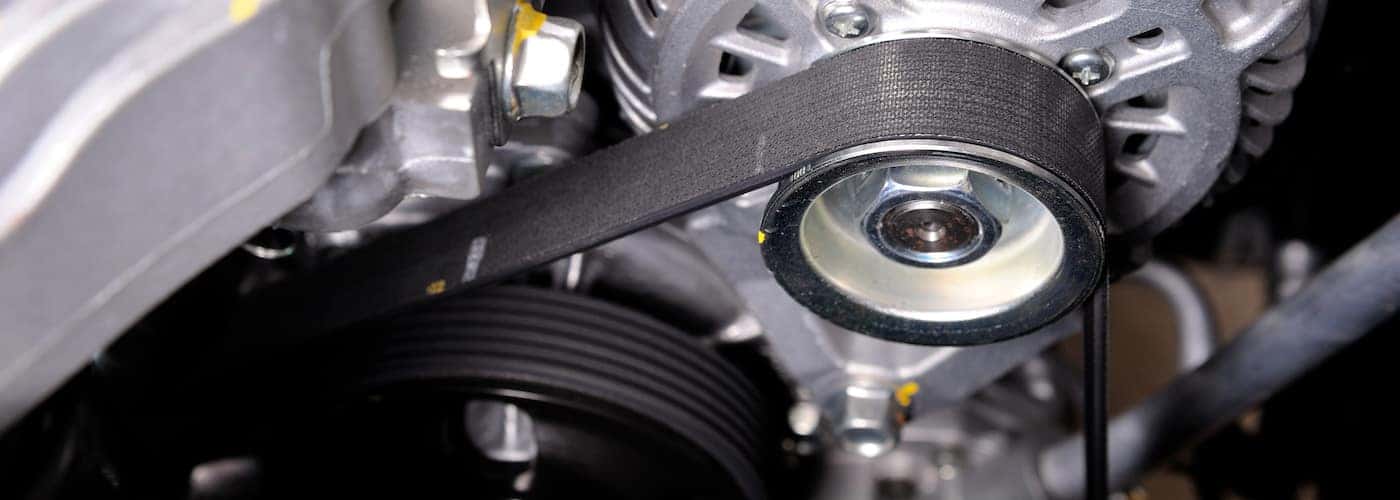

More modern cars are often fitted with variable-valve timing systems, which use chains to regulate the engine timing. While you may save money by leaving the belt until it breaks, you’ll probably have to deal with the hassle and cost of recovery later on. However, if it breaks while you're driving, you'll end up stranded. If you have a non-interference engine, a broken timing belt will not cause damage to the engine. Rubber timing belts are liable to breakage, while timing chains should last much longer. In the case of an interference engine, the timing belt needs to be in good working order to prevent engine damage.Ī broken timing belt will cause the pistons to hit the valves, damaging the engine - usually beyond repair. The improved durability of timing chains meant carmakers began making interference engines again, instead of non-interference ones (see below). But manufacturing costs and noise meant they gave way to timing chains, then to cheap timing belts made of rubber.ĭue to the failure rate of rubber timing belts, many carmakers switched back to more durable timing chains/variable valve timers.
#TIMING BELTS SERIES#
In very old cars, a series of gears made this connection. There are different ways to connect the crankshaft and camshaft - but mostly it's either a timing belt, or timing chain/variable-valve system. The crankshaft is connected to the camshaft, which opens and closes the valves. On most internal combustion engines, the crankshaft - which is connected to the pistons - spins around. The timing belt is essential for the smooth running of your engine. In short, a timing belt has teeth that turn an engine’s camshaft in time with the crankshaft. What are timing belts? What do timing belts do?


 0 kommentar(er)
0 kommentar(er)
